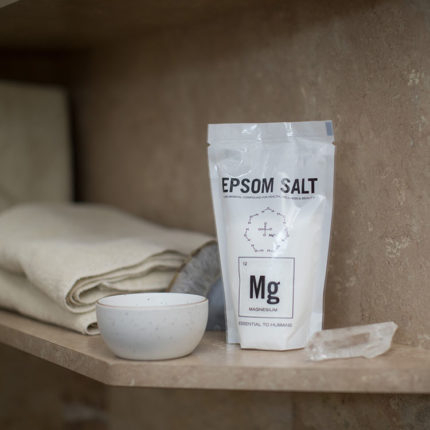Epsom salt has long been considered one of the most versatile household products, but as summer draws near, doctors say there’s an important use that isn’t as well known: reducing the itch that comes from mosquito bites, bee stings, mild sunburn, poison ivy, poison oak and poison sumac.
“Basically, anything that itches or burns the skin, Epsom salt can soothe,” says Dr. Joe Matusic, a pediatrician in Charleston, W.Va., and an assistant clinical professor of pediatrics at the Charleston division of the West Virginia University School of Medicine. “It’s inexpensive, it’s readily available and it’s an old-time remedy that works."
Epsom salt can be used to help reduce itching in three ways, according to Matusic and other doctors:
- Make compresses by soaking a cotton washcloth in cold water that has been mixed with Epsom salt (two tablespoons per cup), then apply to the skin.
- Create a paste to apply to the skin by adding a teaspoon of Epsom salt to about a cup of hot water until it dissolves, then chilling the solution in the fridge for 20 minutes. Note: Clean the skin and pat dry before applying the paste.
- Take an Epsom salt bath, by adding two cups of Epsom salt to the water in a standard-sized bathtub and soaking for at least 12 minutes. The Epsom salt will dissolve quicker if you put it under the running water.
“Epsom salt is always there in the pantry, and you should use it as soon as possible for temporary relief,” says Dr. Susan Jewell, an award-winning doctor and scientist in clinical research medicine. “I use it myself.”
Epsom salt helps draw the moisture out of lesions caused by rashes, such as poison ivy, according to the doctors. And with bites or stings, Epsom salt reduces the swelling, which eases the itching sensation because the body’s nerves fire less frequently, the doctors say.
People should consult their doctors for serious or persisting skin conditions.
Note: For human use, the Epsom Salt Council recommends only Epsom salt with the USP designation.





